There can be your advertisement
300x150
Wabi-Sabi Style: How to Adapt the Trend to Your Interior
Our tips will help you integrate the trendy aesthetic of imperfection into your home
At the end of last year, trendsetters unanimously began talking about wabi-sabi — an Eastern philosophy that originates from the ascetic lifestyle of Zen Buddhist monks and suggests enjoying the imperfections of things around us. Together with the Design and Interior Center "Expobuild on Nakhimovskoy" we tell you how to bring wabi-sabi into your home.
What is the essence of wabi-sabi style?
Items in the wabi-sabi style are characterized by cracks, wear, uneven edges — as if they have been used by several generations or purchased in a handmade shop. Wabi-sabi is largely similar to the rustic style, and therefore, despite its Eastern roots, it feels very familiar and nostalgic to us.
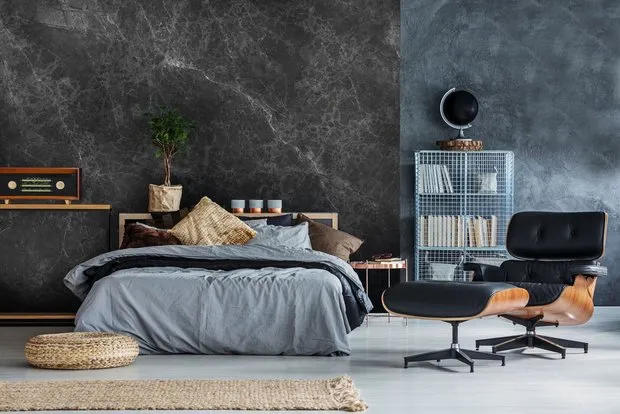
Natural, "living" materials, faded fabrics, rough textures typical of this trend, will come in handy if your interior looks dull and lifeless. Try placing woven furniture in the dining room or living room, for example, a couple of light Tiger armchairs — the atmosphere will become much more vibrant. Re-Space wallpapers, DAMASC LUXE carpet, solid wood "Fragrant Coolness" board, Leds C4 LEGATO floor lamp, Gramercy Home pouf, Tiger armchair, A.mano Black Natural ceramic granite, Tennessee side table, "M-205 oak Stone" laminate. What is needed to create a wabi-sabi interior?
Introduce the trend into your interior locally, as accents. A great way is to add some decor with a unique character. For example, using flower pots that look like they were just taken off the potter's wheel, or interesting lighting fixtures such as the Leds C4 LEGATO floor lamp.
Creating an atmosphere in the spirit of wabi-sabi without risking turning your home into a Zen Buddhist sanctuary can be achieved through furniture with simple shapes made of wood or "dressed" in coarse fabrics, like the Gramercy Home sofa and pouf.
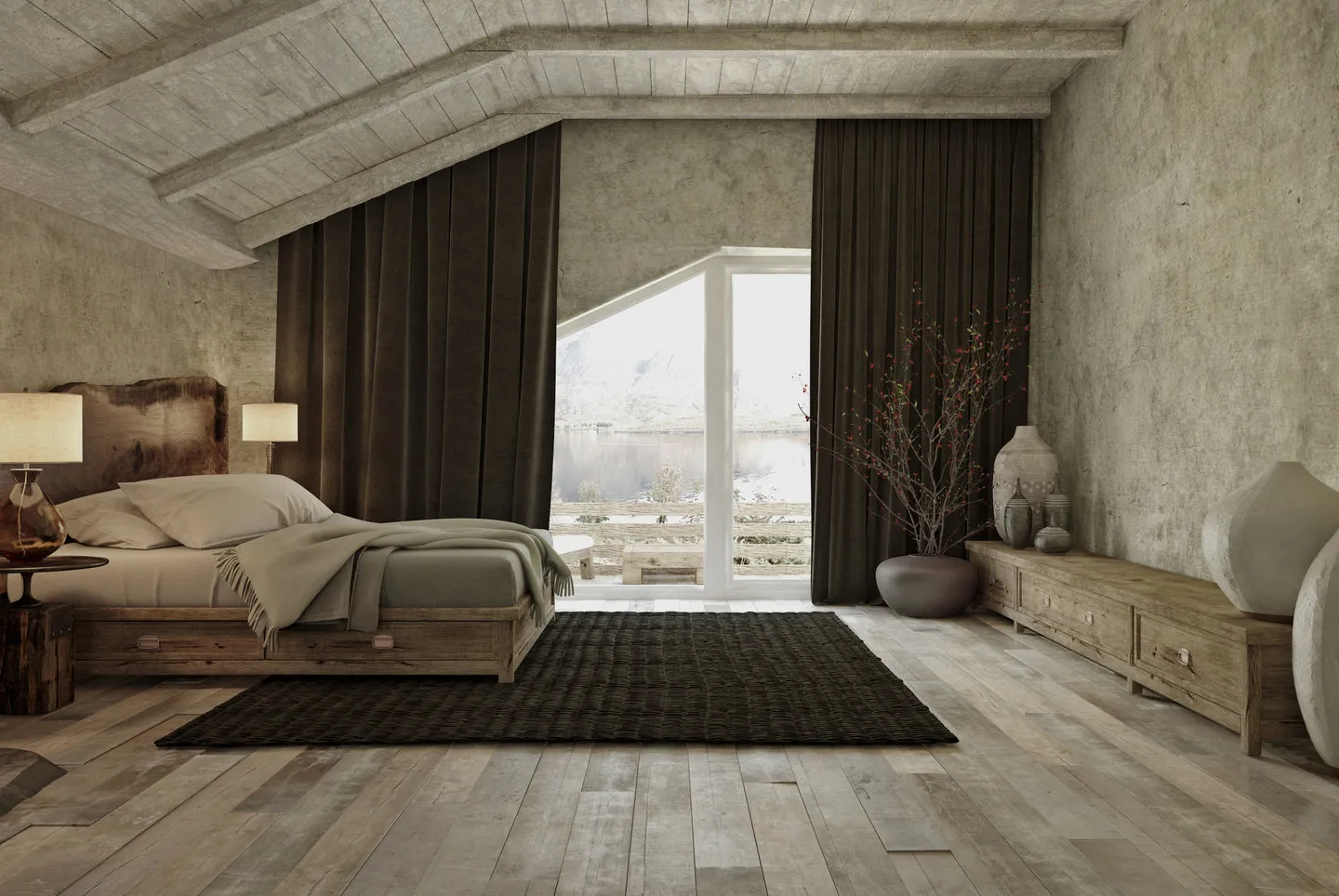
You can dedicate wabi-sabi to one or two rooms, such as a bedroom or kitchen: there the trend's aesthetics will be most organic. It also fits well in a minimalist bathroom, for example, with fixtures in the "Loft" series.
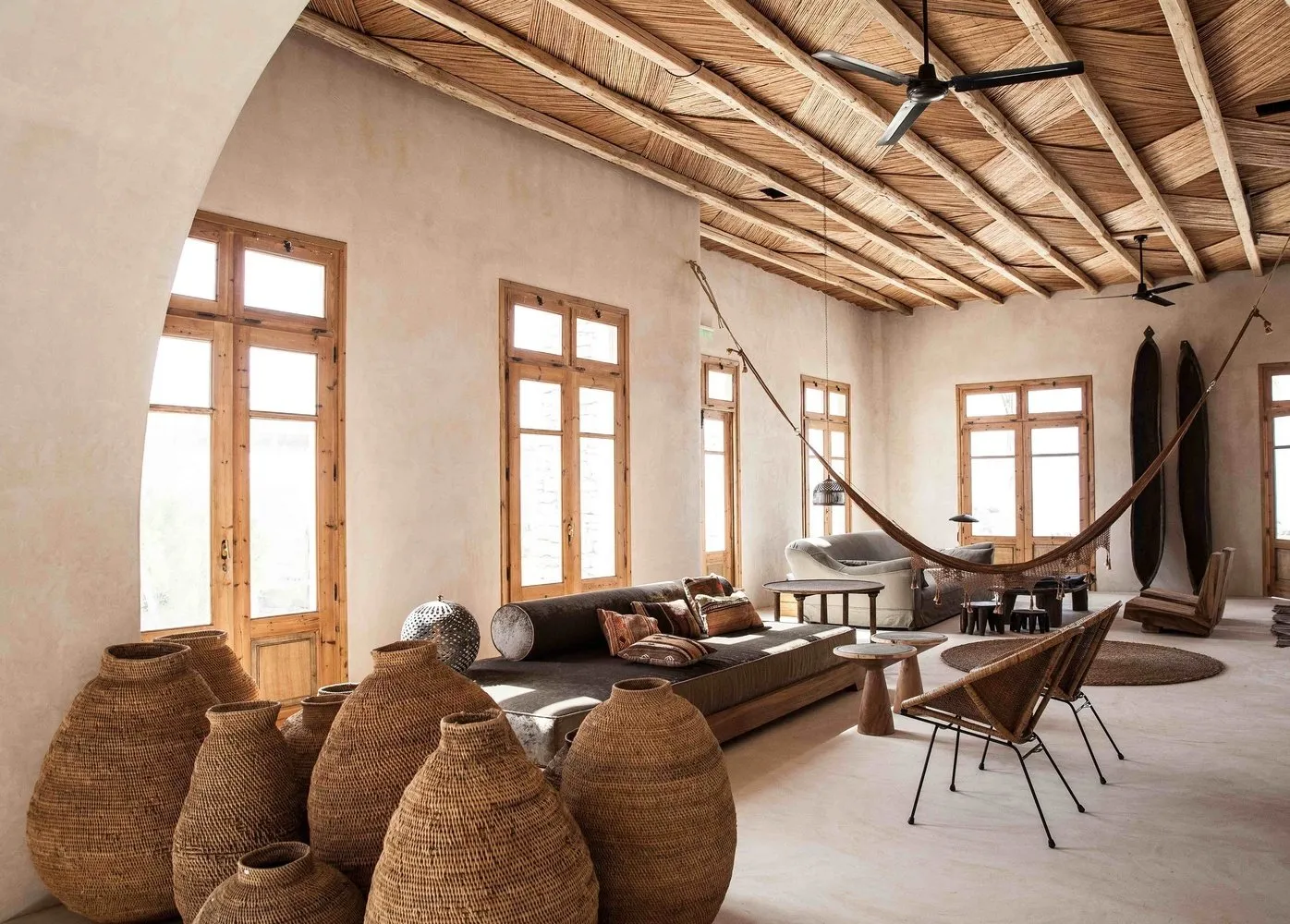
It is easy to combine wabi-sabi with existing finishes in your home. Parquet, laminate or tiles with an imitation of wear or deliberately uneven edges typical of wabi-sabi, such as the solid wood "Fragrant Coolness" board or the "M-205 oak Stone" laminate, are not rare in interiors — many people love aged textures for their sense of comfort and softness.

When choosing carpets, prefer models with an interesting texture or faded or bleached pattern, for example, like the DAMASC LUXE carpet. When selecting wall coverings, look at textures that resemble concrete or suede, and appropriate wallpaper like Re-Space can create the right impression.
What styles does it pair well with?
Although the roots of wabi-sabi are Eastern, this style naturally continues Scandinavian interiors, serves as a great addition to the industrial spirit of lofts, blends perfectly into country houses and chalets. However, trying to combine wabi-sabi with Art Deco or modern classicism is unlikely to succeed.
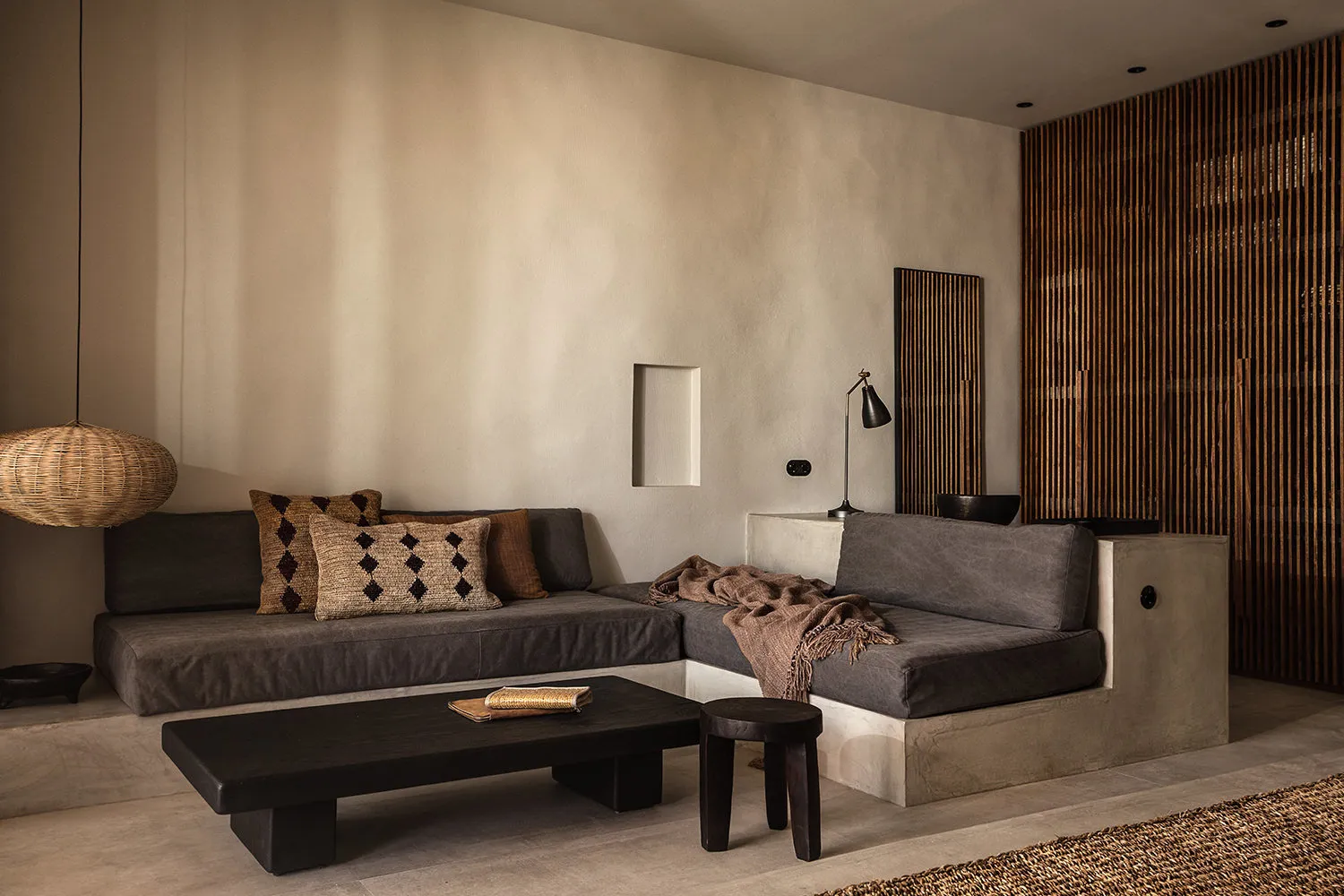
What color palette to stick to?
Wabi-sabi is about natural tones of ochre, umber, brown, terracotta and pale colors. This trend allows you to reinterpret the usual beige in a new way. To prevent monotony, vary the palette with contrasts, for example, alternating light and very dark shades like the A.mano Black Natural ceramic granite.

What else to complement it with?
Wabi-sabi is mostly about matte surfaces, so items in this style perfectly complement gloss. The key is that the gloss should not be overly glamorous and should support the idea of minimalism.
A few pieces of furniture made from deliberately rough textures, such as stone or wood, like the Tennessee side table, only reinforce the connection of the interior to the free-spirited trend.
9 Ideas for Interior in Wabi-Sabi Style
- Serve the table with handcrafted dishes with uneven edges.
- Place flowers in large, coarsely processed pots.
- Do not throw away worn wooden shelves, sideboards and chests of drawers; give them a second chance.
- Natural stone, rustic wood and clay are must-haves for wabi-sabi interiors.
- Add woven decor... and decorate not only floors but also walls with it.
- For bed linen, curtains, tablecloths and cushion covers, choose cotton, linen and other textured fabrics.
- Use natural, earthy tones.
- Prefer branches of dried wildflowers over cut bouquets.
More articles:
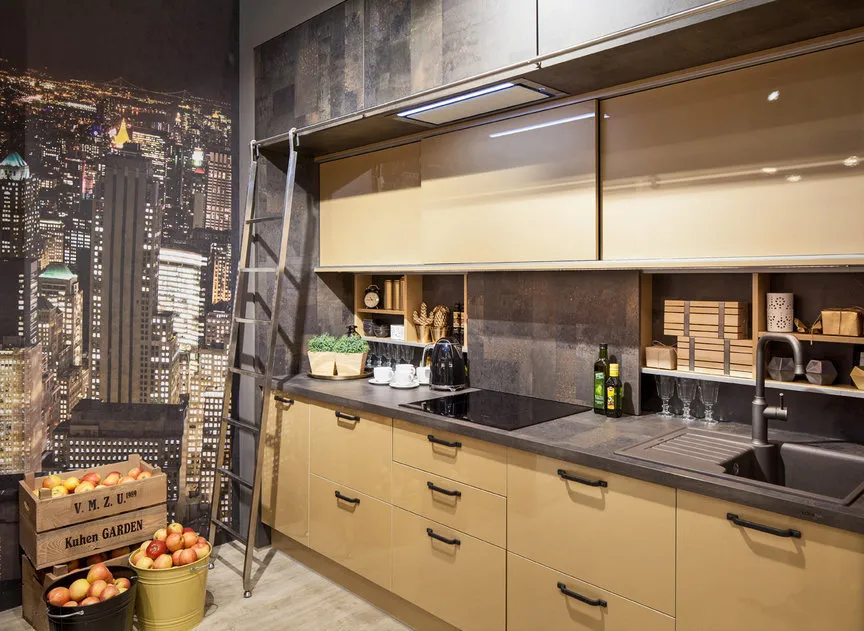 Ideal Kitchen: What's in Trend for 2018
Ideal Kitchen: What's in Trend for 2018 Trash in Barcelona: Open Plan and Lots of Color
Trash in Barcelona: Open Plan and Lots of Color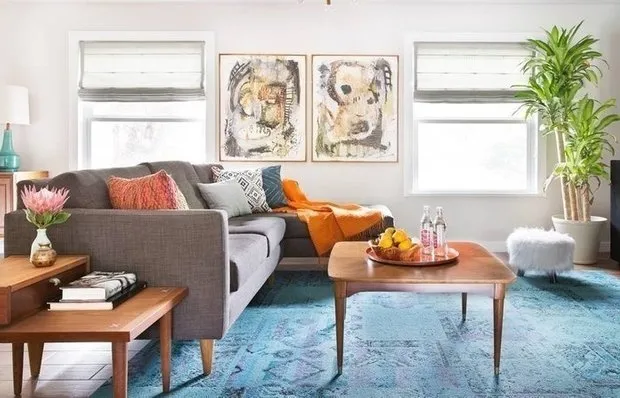 How to Decorate an Interior in Mid-Century Modern Style
How to Decorate an Interior in Mid-Century Modern Style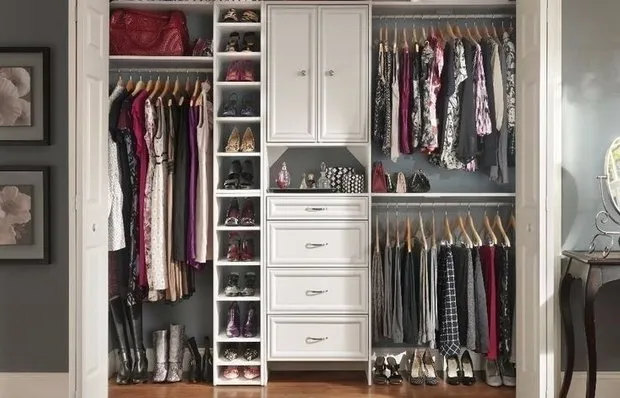 Seasonal Storage: Tidy Up Your Wardrobe Now
Seasonal Storage: Tidy Up Your Wardrobe Now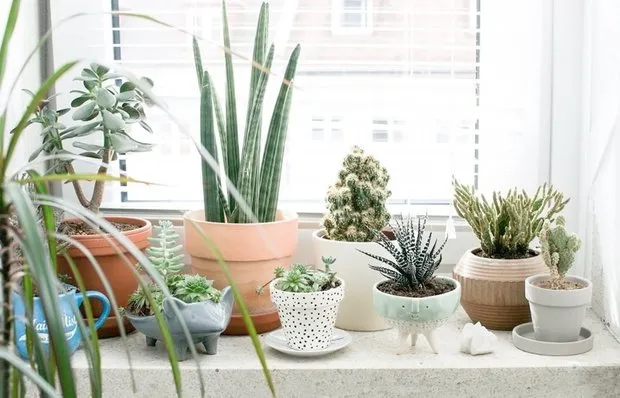 6 Useful Plants for Your Home
6 Useful Plants for Your Home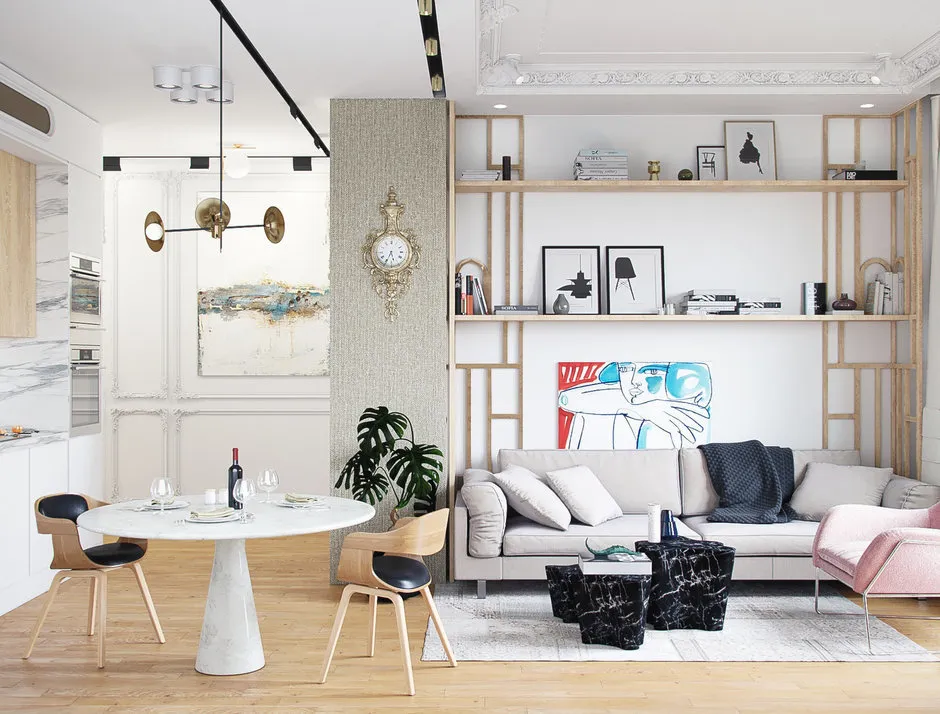 Cheatsheet for Choosing Interior Colors: 6 Rules
Cheatsheet for Choosing Interior Colors: 6 Rules How to Organize a Relocation
How to Organize a Relocation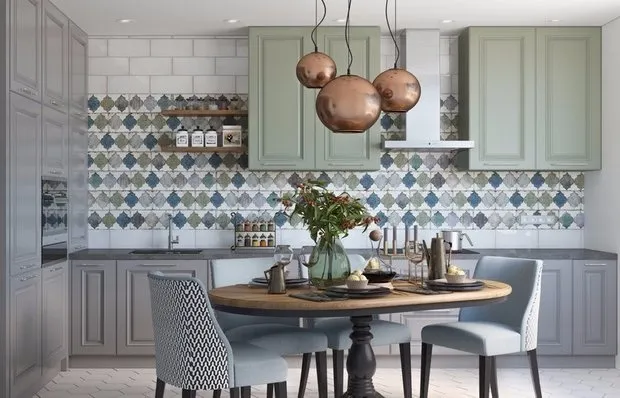 Design of Standard Panel Apartments P-44: 7 Examples
Design of Standard Panel Apartments P-44: 7 Examples